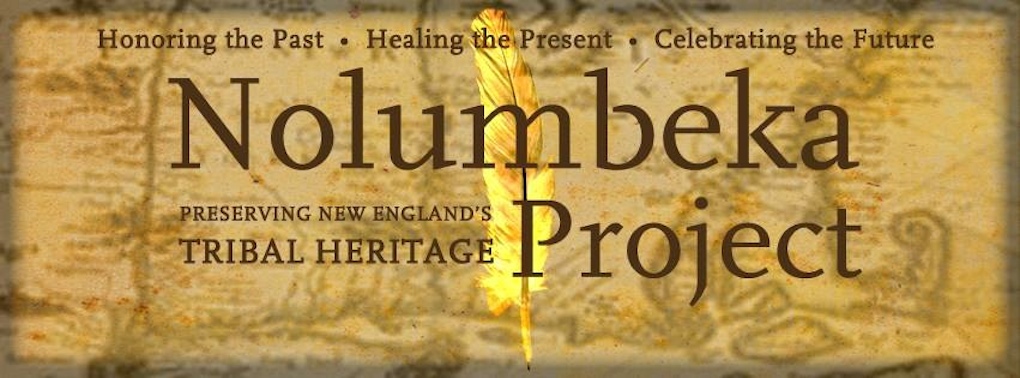"Knowledge enables humans to respect each other. Throughout the histories of humankind, people have worshipped and protected their ancestors' burial grounds. Thinking people do not destroy others' sacred places--they preserve and honor them."
---Dr. Camille O. Cosby,
from a statement made urging the preservation
of the Wissatinnewag Property, October, 1997
On March 30, 2001, after years of negotiations and controversy, the Friends of Wissatinnewag, Inc. purchased the Wissatinnewag property in Greenfield, MA. Originally targeted for construction of a Walmart, this last undeveloped piece of an ancient Indian village was now protected from commercial and industrial development.
 |
| Friends of Wissatinnewag 2001 (Names below) |
The FOW paid $780,000 for the 61 acre parcel, considerably less than the original asking price of 2 million dollars. To his credit, Mackin lowered the price to make it possible for the group to take ownership. Twenty acres of the property alongside the Connecticut and Falls Rivers, on the migratory path of songbirds and considered essential habitat for spawning fish and freshwater mussels, was then sold to the U.S. Fish and Wildlife Service.
To ensure its continued protection, ownership of the remaining 41 acres was transferred to the Nolumbeka Project, Inc. in January, 2013. As well as preserving this site, Nolumbeka Project is also committed to protecting the ten acres of White Ash Swamp across the road where George Nelson had observed human remains being dumped on land that is currently targeted for development.
On November 4. 2013, the Appointments and Ordinance Committee passed and recommended the passage of a draft ordinance by the Greenfield Town Council that would offer the protections to all such re-burial sites. After a series of delays, however, an alternative was proposed on January 14, 2014 that has raised concerns that White Ash swamp will remain unprotected.
Wissatinnewag, the Algonquin word for "shining hill", is believed to be the name of the peace village located on Connecticut River where Native American/Indian peoples from all around the Northeast gathered and fished near the Great Falls. It was inhabited for thousands of years before hundreds of non-combatant villagers were slain by a colonial militia led by William Turner in 1676. The Wissatinnewag property was the last remaining undeveloped piece of what had been an extensive village.
The name Wissatinnewag was discovered by Howard Clark and Monique Fordham in written accounts from the 1600's where it was used to refer to the next village above Pocumtuck (present day Deerfield, MA) on the Connecticut River. This name was listed in Huden's Indian Place Names of New England (1962) as applying to "an ancient village located on the Connecticut River in Franklin County." Huden referenced both Nipmuc and Mahican Alquonquian dialects, offering translations of Wissatinnewag as "slippery hill" or "shining hill." (Read "The Original Research and Opinion on the Location of "Wissatinnewag" by Howard Clark, Senior Rearcher for the Nolumbeka Project, Inc. )
A member of the FOW Council of Elders and one of the last native speakers of the Western Abenaki language, Grandmother Cecile Wawanolett of Odanak, Quebec (seated front and center in photo above) confirmed the Algonquin sources, pointing out that "wissit" (slippery) and "noag" (a little used word for hill" would be combined to produce "Wissit-i-noag"--an apt name of a village whose slopes extended down to the base of the falls and thus would have received a constant sparkling spray.
On May 19, 2001, a ceremony and celebration took place on the newly acquired property.
 | |
| Officiants at 2001 Ceremony |
Left to Right: Doug Harris, Dr. Ella W.T. Sekatau, A.H. "Laughing Water" Wilcox (in backgound), Monique Fordham, Lloyd "Running Wolf" Wilcox.
Foreground: Howard Clark
Friends of Wissatinnewag 2001 Photo
Friends of Wissatinnewag 2001 Photo
Front row, left to right: Rusty Peters, Jr., Terry Blunt, Cecile Wawanolett, Dr. Ella W.T. Sekatau, Lloyd "Running Wolf" Wilcox
Middle
row, left to right: Nancy Talanian, Lois Ahrens, Wanita Sears, Monique
Fordham, Dr. Deirdre A. Almeida, A. H. "Laughing Water" Wilcox, Doug
Harris
Back row, left to right: Mason Phelps, Beth Toegoettel, Tom Maklstedt, Ted Wirt, Angela Goebel Bain, Howard Clark
